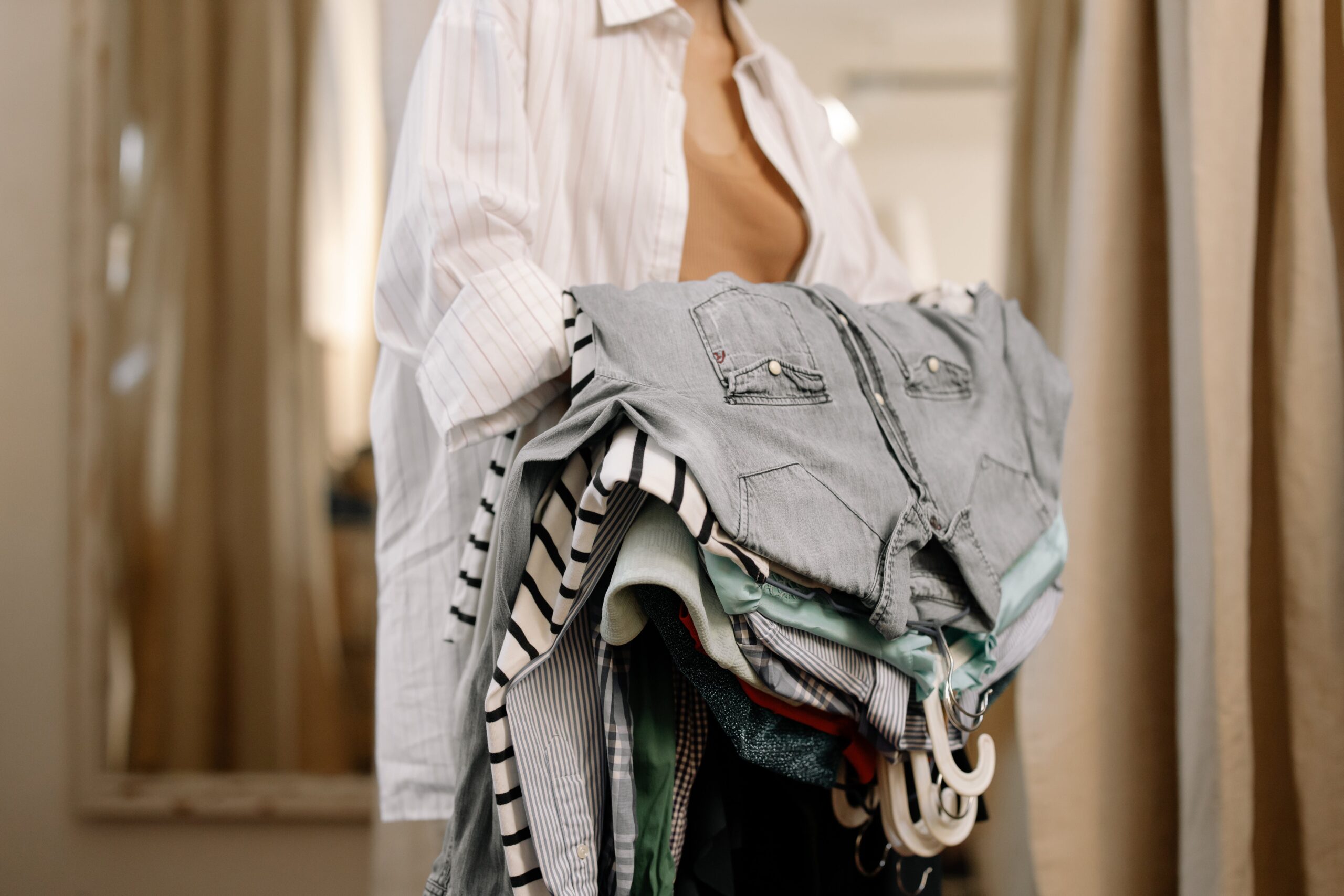
The secondhand fashion is affectionately known as “Okirika”. It is a trend that involves items that have been cherished and worn by previous owners, offering a distinctive fusion of affordability. Exploring secondhand fashion is not only eco-friendly but also an exciting and sustainable approach to clothing. Shopping for secondhand clothes can help us understand the impact of our choices on the environment and encourage us to embrace sustainable fashion. Sometimes, we may even discover some hidden gems from popular designers that add a touch of glamour to our wardrobe.
The Allure of Secondhand Fashion
The appeal of secondhand fashion extends beyond economical market finds; it embodies a culture of repurposing, recycling and redefining personal style. Whether discovered in market stalls, clothing swaps, or vintage boutiques, secondhand clothing carries its own narrative, narrating stories of former owners and the eras it has traversed. This allure extends to vintage fashion, pieces that endure the test of time, accumulating value with each passing year.
The Environmental Impact
A significant facet of secondhand shopping lies in its positive environmental influence. By granting clothing a second life, we diminish the need for new production, consequently reducing the carbon footprint associated with manufacturing. The sustainable choice of secondhand shopping counteracts the environmental toll of fast fashion, offering individuals a small yet impactful way to contribute to a greener planet.
Sustainable Fashion and Beyond
Secondhand shopping spearheads the sustainable fashion movement, aligning with principles of waste reduction, ethical practices, and fostering a circular fashion economy. The surge of conscious consumers has propelled secondhand fashion into the limelight, catalysing an industry shift towards more sustainable and ethical practices.
Celebrating Sustainable Fashion
The allure of secondhand fashion transcends its environmental benefits; it’s a celebration of distinctive style and historical significance. Designers like Asake Agoro of Asake Oge, a Nigerian based in New York, have embraced the allure of sustainable fashion, infusing Afrocentric designs into high-fashion creations showcased at the African Fashion and Music Festival with the Osun Collection and the Ankara Festival in LA. As it is generally known, fashion transcends beyond endowing the body with pieces of clothing; it’s a form of expression. Even political figures, such as Lagos State Governor Babajide Sanwo-Olu, have graced the runway, championing the elegance of sustainable fashion at events like the Lagos Fashion Week 2023.
As the world becomes increasingly conscious of its environmental impact, secondhand shopping emerges as a beacon of sustainability, style, and individual expression. The secret sauce lies in its ability to weave stories, promote sustainable practices, and redefine fashion as a force for good. As designers, influencers, and everyday individuals join the movement, the allure of secondhand fashion continues to burgeon, promising a more sustainable and stylish future for the world of apparel.
***
Featured Image by Cottonbro Studio for Pexels.
The post Chaste Inegbedion: How “Okrika” is Changing The Fashion Ecosystem appeared first on BellaNaija – Showcasing Africa to the world. Read today!.



